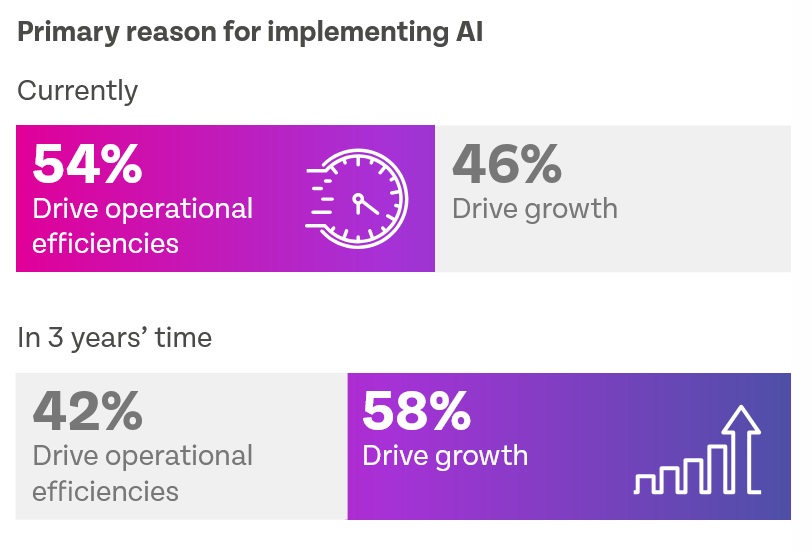Employee Experience - DEX
Today's IT environments are more complex than ever, with organizations managing an increasing number of applications, platforms, and systems. To maintain peak performance and ensure seamless digital experiences, businesses are turning to Artificial Intelligence for IT Operations (AIOps) ...

In APMdigest's 2025 Predictions Series, industry experts offer predictions on how Observability and related technologies will evolve and impact business in 2025. Part 5 covers user experience, Digital Experience Management (DEM) and the hybrid workforce ...
A majority of IT workers surveyed (79%) believe the current service desk model will be unrecognizable within three years, with nearly as many (77%) saying new technologies will render it "redundant" by 2027, according to The Death (and Rebirth) of the Service Desk from Nexthink ...
When employees encounter tech friction or feel frustrated with the tools they are asked to use, they will find a workaround. In fact, one in two office workers admit to using personal devices to log into work networks, with 32% of them revealing their employers are unaware of this practice, according to Securing the Digital Employee Experience ...
The business case for digital employee experience (DEX) is clear: more than half (55%) of office workers say negative experiences with workplace technology impact their mood/morale and 93% of security professionals say prioritizing DEX has a positive impact on an organization's cybersecurity efforts, according to the 2024 Digital Employee Experience Report: A CIO Call to Action, a new report from Ivanti ...

Everyday AI and digital employee experience (DEX) are projected to reach mainstream adoption in less than two years according to the Gartner, Inc. Hype Cycle for Digital Workplace Applications, 2024 ...
